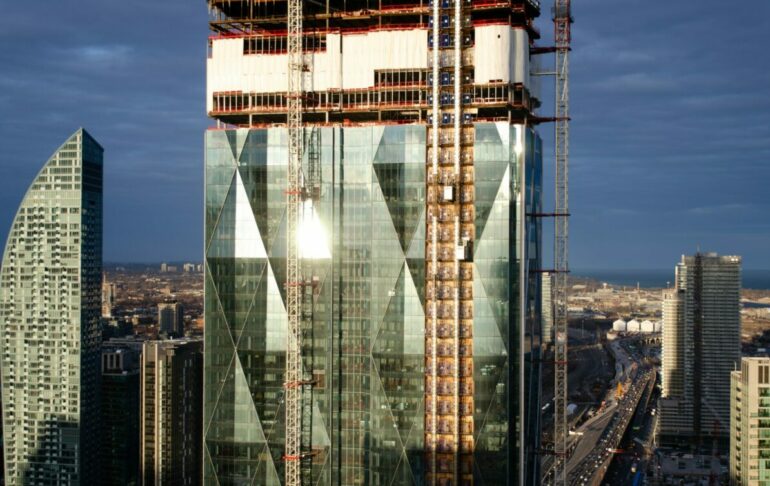Andorix, a Toronto-based startup that creates integrated systems for smart buildings, has closed a $54.3-million CAD ($40-million USD) financing round. The investment is a combination of debt and equity with the option of additional funding of $47.5 million CAD ($35 million USD).
The investment will allow Andorix to expand its focus from commercial and retail properties to residential buildings.
Voya Investment Management led the deal, which closed in July. HFR Networks participated in the raise. Andorix did not disclose all the investors. This first round of institutional investment will accelerate the rollout of Andorix’s fibre-based converged network into over 250 buildings in North America.
“The market for smart buildings is growing rapidly as building owners and property managers look for ways to reduce energy costs and improve tenant comfort and wellness,” said Wayne Kim, CEO of Andorix. He said the investment will allow Andorix to expand to focus not only on commercial and retail properties, but also residential buildings as well.
According to Andorix, features such as air quality control, occupancy sensing, smart lighting, and access controls, coupled with comprehensive sensor data collection from internet-enabled devices, are now essential components of a modern building. At the heart of the building modernization lies the concept of a converged network, the infrastructure that serves as the digital foundation of smart buildings.
To make a building smart, it is essential to gather data from various systems, analyze it, and put in place improvements. However, the current setup in most buildings includes separate networks for different systems, such as HVAC, lighting, and elevators, installed by different companies. According to Andorix, these isolated networks make it cumbersome and time-consuming to collect data, like individual puzzle pieces that don’t fit together smoothly.
This is where a converged network for the building comes in.
A converged network, also referred to as the Base Building Network (BBN), serves as the backbone of smart and sustainable buildings. It enables all building OT (Operational Technology) systems and devices to connect to an integrated network while ensuring secure access to the data. As technology evolves and new devices are introduced, a well-designed converged network can easily accommodate these changes, eliminating the need for extensive rewiring or costly upgrades.
RELATED: BrainBox AI acquires ABB technology in its mission to reduce greenhouse-gas emissions in buildings
Once the converged network is established, the building can become truly smart, claims Andorix. The company says more efficient and timely data collection to decisions that help make the building more energy efficient and sustainable. For instance, the building owner can monitor heating costs, optimize system operations, and focus on areas that need improvement (like reducing heat when the building is empty), according to Kim.
“Our revenue comes from the installation of the network, and management of the various services we provide, including the base building network, managed Wi-Fi within buildings, and cyber security for buildings,” Kim said. “We also work with the building operators to offer neutral host network services to the building tenants, giving them the ability to choose the best Internet service provider for their needs.”
Andorix intends to use the equity portion of the raise to strengthen its workforce and expand operations throughout North America. The debt is being allocated to the deployment of equipment in the buildings. “This decision was made to ensure that our debt is in line with the assets being deployed, while the equity will support our staffing growth and operational expansion,” Kim noted.
Andorix was founded in 2000, from a merger of two companies providing IT networking, storage, and cloud solutions. It says it currently has about 50 employees.
The smart building industry is still relatively new, with various factors driving building owners to explore the technology. These factors include the desire to reduce energy costs, enhance tenant comfort (such as monitoring indoor air quality), and meet environmental, social, and governance (ESG) guidelines.
“Our converged network solution provides a secure and efficient means of gathering data from different building systems and IoT [Internet of Things] devices,” Kim added. “Additionally, by utilizing software from our partners, building operators are able to analyze this data, identify areas for improvement, and implement appropriate actions.”
Featured image courtesy of Unsplash


